Have you ever marveled at the elegance and grace of a kimono? This traditional Japanese garment has captivated people worldwide with its intricate designs and rich cultural significance. Whether you're planning to attend a special event or simply want to embrace Japanese fashion, learning how to wear a kimono can be an exciting and rewarding experience. In this blog post, we'll guide you through the process of donning this beautiful attire, from understanding its history to mastering the art of tying an obi belt.
Speaking of obi belts, did you know that they play a crucial role in completing your kimono look? If you're curious about the intricacies of this essential accessory, be sure to check out our comprehensive guide on how to wear an obi belt. It's the perfect companion to this article and will help you achieve that authentic kimono style you're aiming for.
Now, let's dive into the world of kimonos and discover how you can wear one with confidence and grace.
- The History and Cultural Significance of the Japanese Kimono
- Different Types of Kimono: Furisode, Yukata, and More
- How to Wear a Kimono: Step-by-Step Guide
- Essential Kimono Accessories: Obi, Zori, and Kanzashi
Let's begin our journey into the fascinating world of kimonos by exploring their rich history and cultural significance.
The History and Cultural Significance of the Japanese Kimono

The Japanese kimono is more than just a piece of clothing; it's a symbol of Japan's rich cultural heritage. As a traditional garment that has been worn for centuries, the kimono holds a special place in Japanese society. But have you ever wondered how this iconic dress came to be?
The kimono's history dates back to the Heian period (794-1185), when it evolved from earlier styles of Japanese clothing. Initially, it was worn by all classes of society, but over time, it became associated with formal occasions and special events. Today, the kimono continues to play a significant role in Japanese culture, particularly during important ceremonies and festivals.
One of the most crucial elements of wearing a kimono is the obi belt. This wide sash not only holds the kimono in place but also adds a decorative touch to the overall ensemble.
Different Types of Kimono: Furisode, Yukata, and More

When it comes to Japanese kimono, there's no one-size-fits-all approach. In fact, there are several types of kimono, each designed for specific occasions and age groups. Let's explore some of the most common varieties:
- Furisode: This is the most formal kimono for unmarried women, characterized by its long, sweeping sleeves. It's often worn for coming-of-age ceremonies and weddings.
- Yukata: A casual, unlined kimono made of cotton, perfect for summer festivals and hot springs resorts.
- Tomesode: A formal kimono for married women, featuring patterns below the waist.
- Homongi: A semi-formal kimono that can be worn by both married and unmarried women.
- Iromuji: A solid-colored kimono suitable for tea ceremonies and other semi-formal occasions.
Understanding these different types will help you choose the right kimono for any occasion. But how exactly do you put on this intricate garment? Let's find out!
How to Wear a Kimono: Step-by-Step Guide

Putting on a kimono might seem daunting at first, but with practice, you'll find it's not as complicated as it looks. Follow these steps to wear your kimono like a pro:
- Start with the basics: Put on white tabi socks and comfortable undergarments.
- Layer up: Wear a juban (under-kimono) to protect the kimono from body oils and sweat.
- Put on the kimono: Wrap the left side over your body, followed by the right side. The collar should be pulled back slightly to reveal the nape of your neck.
- Adjust the length: Fold the excess fabric at your waist, ensuring the hem falls at your ankles.
- Secure with a koshi-himo: Tie a thin sash around your waist to hold the kimono in place.
- Add the date-jime: This is another thin sash tied over the koshi-himo for extra support.
- Wrap the obi: The wide decorative belt goes around your waist, with the knot typically placed at the back.
- Final touches: Adjust the collar and smooth out any wrinkles.
Remember, practice makes perfect! Don't be discouraged if it takes a few tries to get it right. With time, you'll be able to put on a kimono with ease and grace.
Essential Kimono Accessories: Obi, Zori, and Kanzashi

No kimono outfit is complete without the right accessories. These not only enhance the beauty of the kimono but also serve practical purposes. Let's take a closer look at some essential kimono accessories:
- Obi: This wide sash is the most important accessory for any kimono. It comes in various styles and patterns, adding a pop of color and elegance to your outfit.
- Zori: Traditional Japanese sandals worn with kimono. They're typically made of wood or synthetic materials and come in different styles for various occasions.
- Kanzashi: Ornamental hairpins that add a beautiful touch to your hairstyle when wearing a kimono. They often feature flowers or other decorative elements.
- Obijime: A decorative cord tied around the obi to keep it in place and add an extra layer of detail.
- Obiage: A silk scarf tucked into the top of the obi to create a smoother line and add another color accent.
These accessories not only complete your kimono look but also allow you to express your personal style. Don't be afraid to mix and match colors and patterns to create a unique ensemble that reflects your personality.

Wearing a kimono is more than just putting on a piece of clothing; it's about embracing Japanese culture and tradition. Whether you're attending a formal event or simply want to experience the beauty of this traditional Japanese dress, following these guidelines will help you wear your kimono with confidence and grace. Remember, the key to looking great in a kimono is to wear it with pride and appreciation for the rich cultural heritage it represents.
Wearing a kimono is more than just putting on a garment; it's an art form that connects you to centuries of Japanese tradition. By following the steps we've outlined, you can confidently don this elegant attire and experience its transformative power.
Remember, practice makes perfect, so don't be discouraged if your first attempt isn't flawless. With time and patience, you'll master the intricate folds and knots, allowing the kimono to become a natural extension of yourself. Whether you're attending a traditional ceremony or simply want to celebrate Japanese culture, wearing a kimono is a beautiful way to honor this timeless tradition and express your appreciation for its rich heritage.
Frequently Asked Questions

- What are the rules to wearing a kimono? The main rules include wearing the left side over the right, ensuring the hem falls at the ankles, and matching the kimono to the occasion and season. Always wear appropriate undergarments, use a koshi-himo to keep layers in place, and tie the obi correctly. Remember, modesty and elegance are key principles in kimono wearing.
- Are you supposed to wear anything under a kimono? Yes, you should wear undergarments beneath a kimono. Traditionally, this includes a nagajuban (a thin, full-length robe) and hadajuban (an undershirt). Modern wearers often opt for a slip or camisole and shorts for comfort and modesty. These layers help protect the kimono from body oils and sweat.
- Which way should you wear a kimono? Always wear a kimono with the left side over the right side. This is crucial, as the reverse (right over left) is only used for dressing the deceased. The collar should form a straight line down the center of your body, and the sleeves should hang evenly on both sides.
- How to dress a kimono step by step? 1. Put on undergarments and tabi socks. 2. Wrap the nagajuban around your body, left over right. 3. Put on the kimono, ensuring it's centered and even. 4. Adjust the length and secure with a koshi-himo. 5. Fold the excess fabric at the waist. 6. Wrap and tie the date-jime around your waist. 7. Put on the obi and tie it in the appropriate style. 8. Add final accessories like obijime and zori sandals.
- Can I wear a kimono if I'm not Japanese? Absolutely! Wearing a kimono as a non-Japanese person is generally seen as a respectful appreciation of Japanese culture, not cultural appropriation. However, it's important to wear it correctly and understand its significance. Many Japanese people are happy to see others embracing their traditional attire when done with respect and proper knowledge.



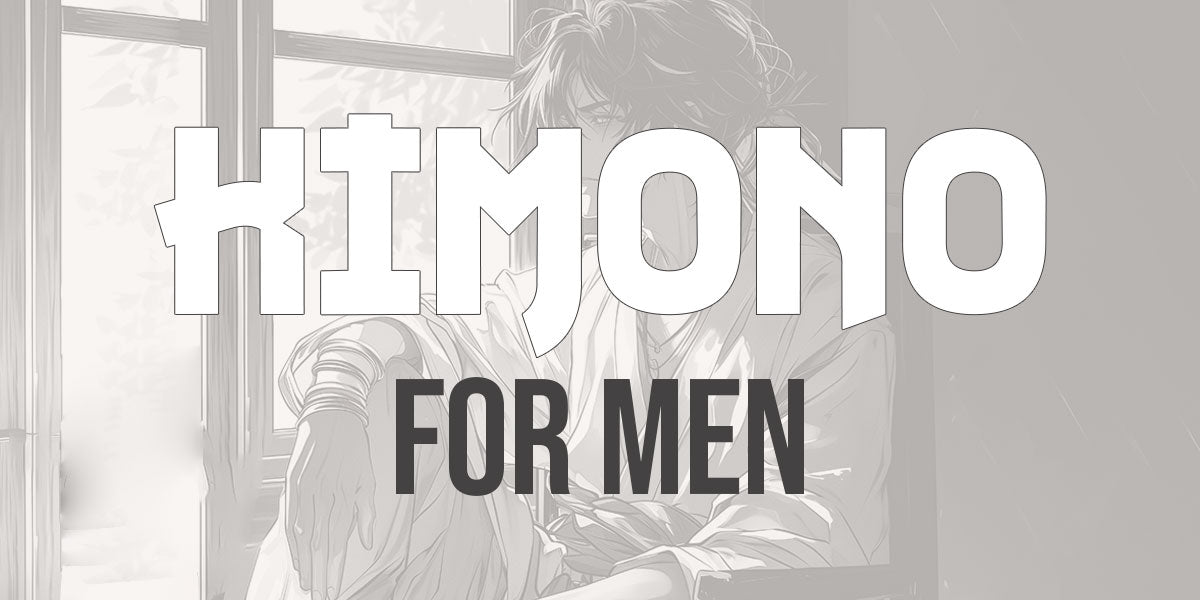
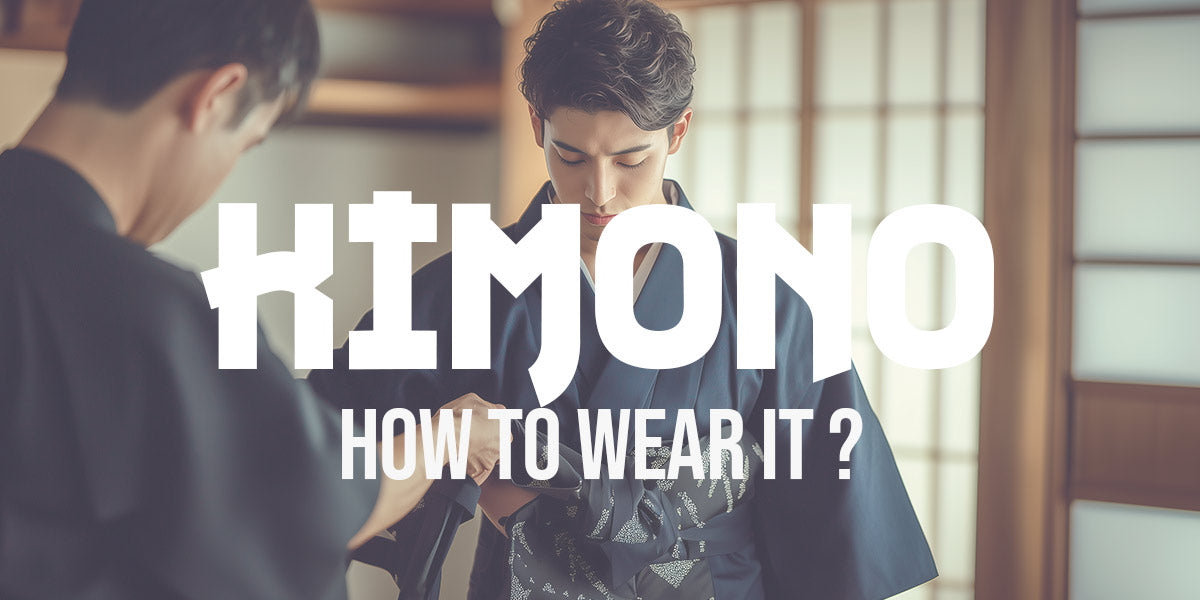
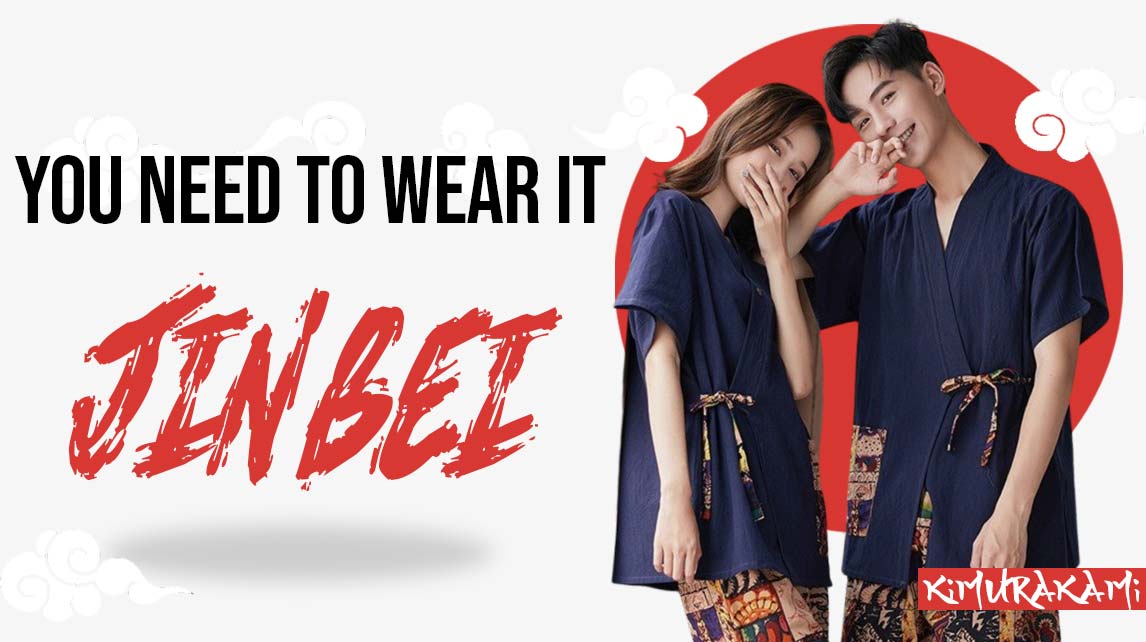
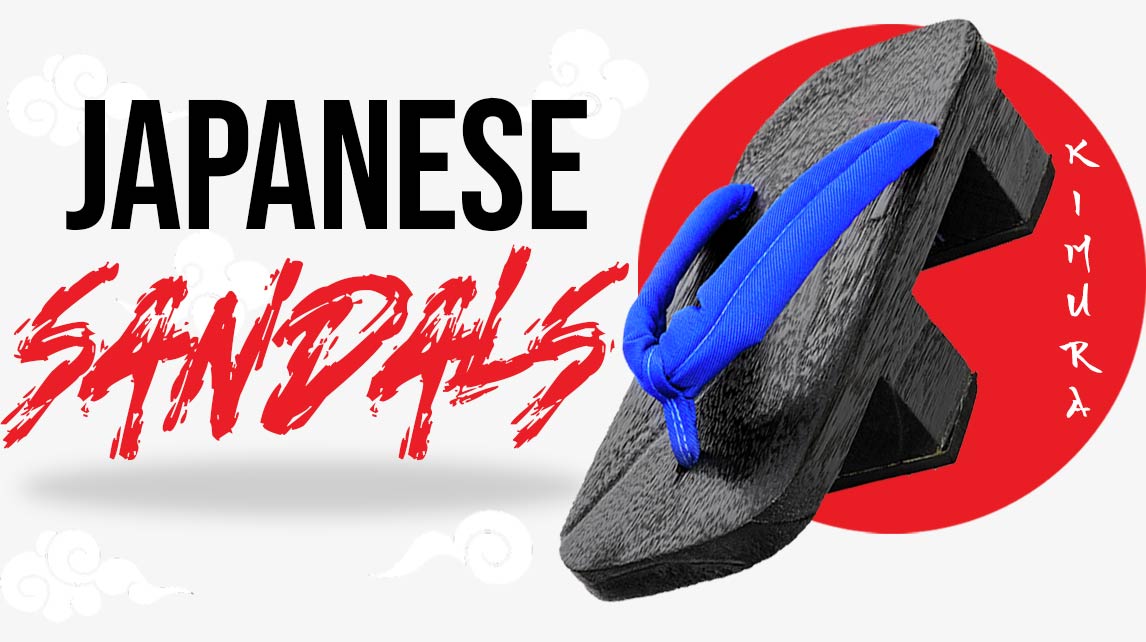
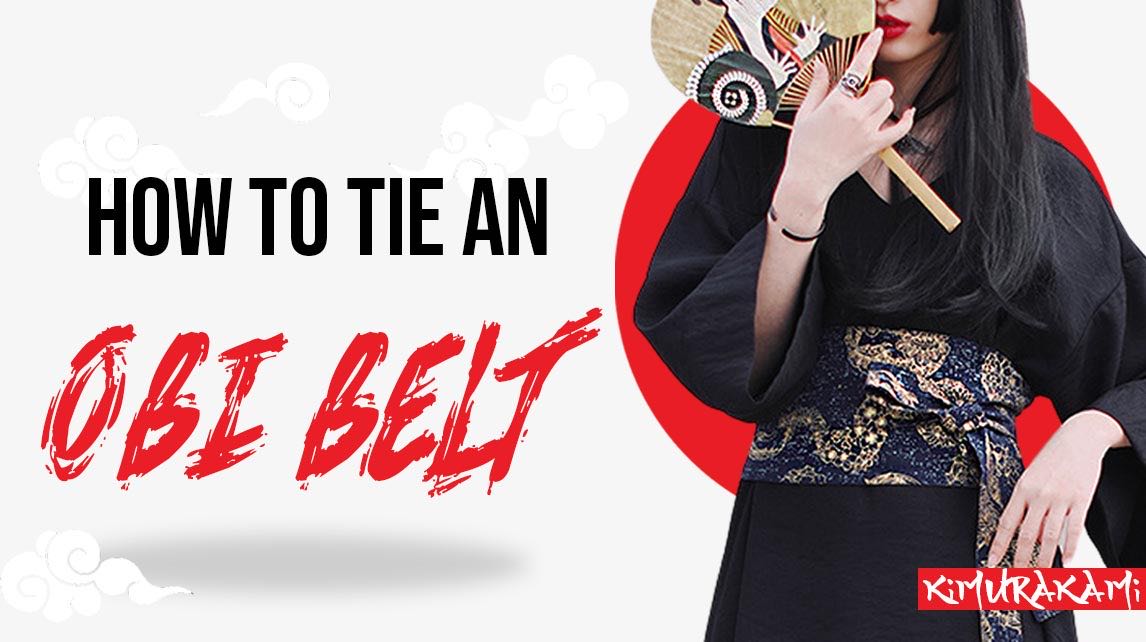
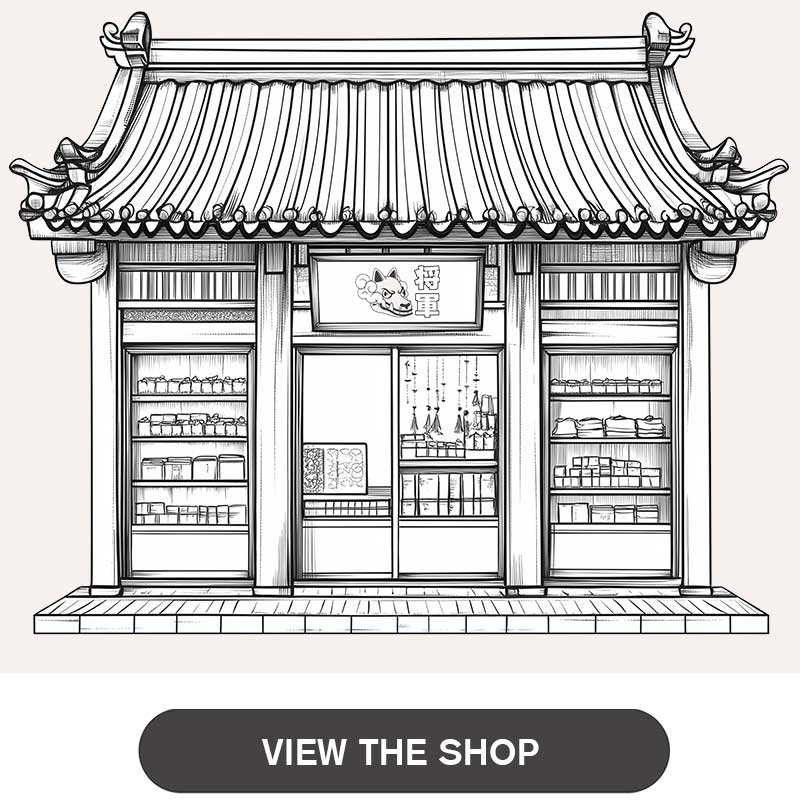
Leave a comment